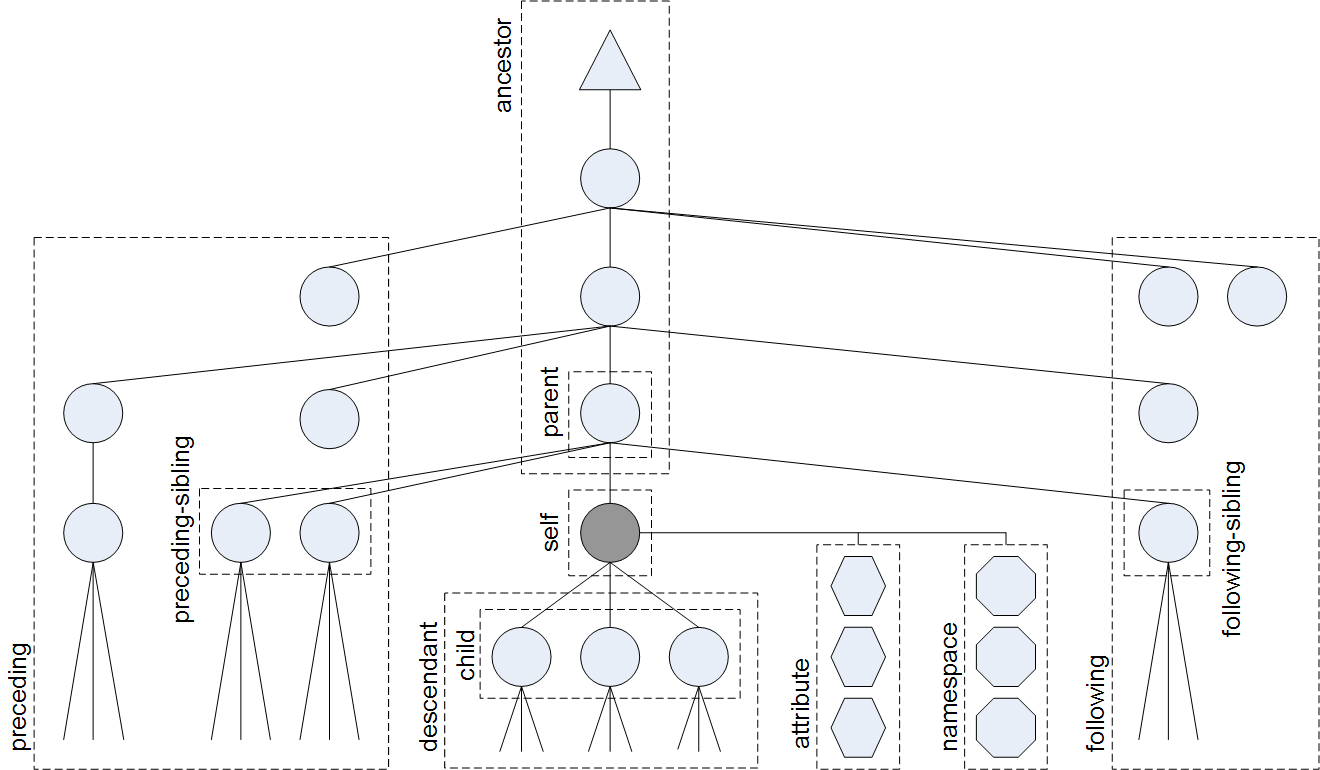(2) Abstract
XML structures data into a rather small number of different constructs, most notably elements and attributes. The XML Path Language (XPath) defines a way how to select parts of XML documents, so that they can be used for further processing. XPath's primary use in in XSL Transformations (XSLT) and XQuery, but other XML technologies use it as well, e.g. XSD. XPath is a compact language with a syntax that resembles path expressions well-known from file systems. These path expressions, however, are generalized and therefore more powerful than the rather simple path expressions in file systems. Because of its use in different XML technologies, XPath is one of the most important XML core technologies.
![]() [http://creativecommons.org/licenses/by/3.0/]
[http://creativecommons.org/licenses/by/3.0/]